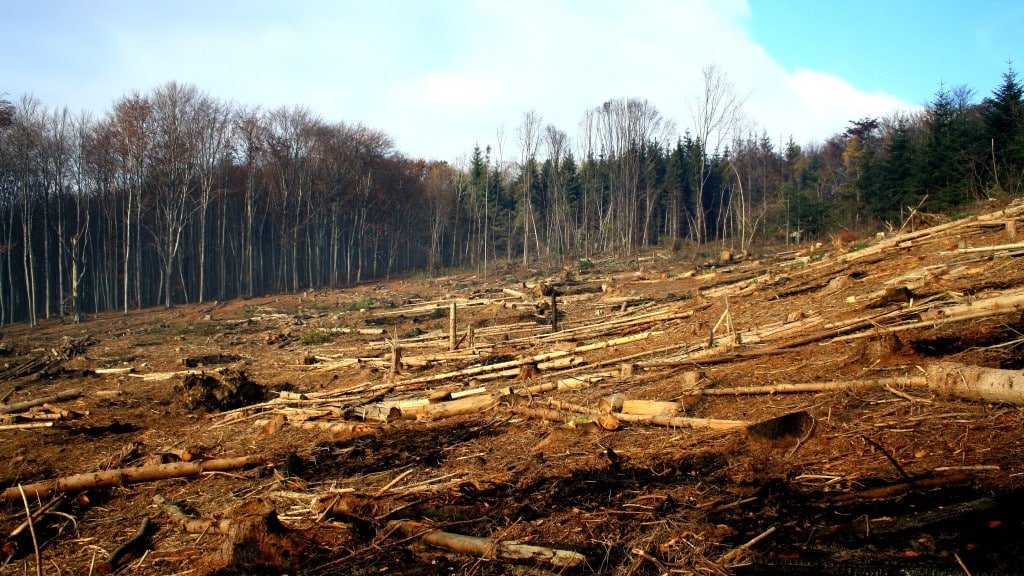WA Large Air Tanker’s deployment extended amid heightened autumn bushfire risk
- March 1, 2024
- 11:25 am


Iain Hoey
Share this content
Department secures extension for aerial firefighting resources as Western Australia bushfire season extends into autumn
The Department of Fire and Emergency Services (DFES) has announced the extension of the WA Large Air Tanker’s (LAT) deployment into autumn, responding to the Australasian Fire Authorities Council’s Autumn Seasonal Bushfire Outlook.
The outlook forecasts hot, dry, and windy conditions over the coming three months, signaling an increased risk of bushfires.
A challenging bushfire season ahead
The South West Land Division recorded its second hottest year in 2023, leading to a drier landscape entering autumn.
While central and northern WA maintain a normal risk level, parts of West Kimberley also present drier conditions, potentially limiting prescribed burn opportunities.
To bolster firefighting efforts, the LAT will now remain in WA until 27 March, supported by Helitaks and Black Hawk helicopters until April.
Urgent call for community preparedness
Fire and Emergency Services Commissioner Darren Klemm AFSM has emphasized the ongoing bushfire risk and the importance of household preparedness.
“The most severe heat may be gone, but the bushfire risk hasn’t,” Klemm stated.
He highlighted the extension of the ‘Got 15 minutes to burn?’ campaign to encourage Western Australian households to devise a comprehensive bushfire plan.
Currently, only 1.5% of households have a documented plan, despite 93% of the state being bushfire prone.
Klemm urges the use of the My Bushfire Plan app or website for life-saving planning, taking as little as 15 minutes.
A tribute to firefighters and volunteers
Commissioner Klemm also acknowledged the efforts of career firefighters and volunteers throughout a challenging season, which saw the aerial fleet activated earlier than usual due to the increased fire threat from hot, dry conditions in spring.
“It has been a long, challenging season with firefighters responding to 3757 bushfires since October,” he remarked.
The DFES aerial fleet has been instrumental, flying over 1640 hours across 152 incidents and dispersing over 12 million litres of water and retardant to combat fires, including in suburban areas like Kwinana, Gwelup, and Bibra Lake.
Increased firefighting efforts and community action
The extended deployment of the LAT and other aerial assets underscores the severity of this year’s bushfire season, with the LAT alone having flown 74 hours and dropped 856,372 litres of water and retardant.
The State Government-funded aerial fleet, exceeding 30 aircraft, plays a critical role in bushfire management, jointly managed by DFES and the Department of Biodiversity, Conservation, and Attractions.
With bushfires increasing by 33% compared to the previous season and emergency warnings in the Perth metropolitan area, the urgency for community preparedness and government action has never been greater.
IFSJ Comment
The decision to extend the deployment of the WA Large Air Tanker and other aerial firefighting resources into autumn is a measured response to the heightened bushfire risk facing Western Australia.
The concerted efforts of DFES, along with the dedication of firefighters and volunteers, demonstrate a committed approach to managing this risk.
Community engagement, particularly in developing and executing bushfire plans, remains paramount.
This scenario highlights the dynamic nature of bushfire management and the necessity for adaptability in response strategies, ensuring the safety and preparedness of the community.

